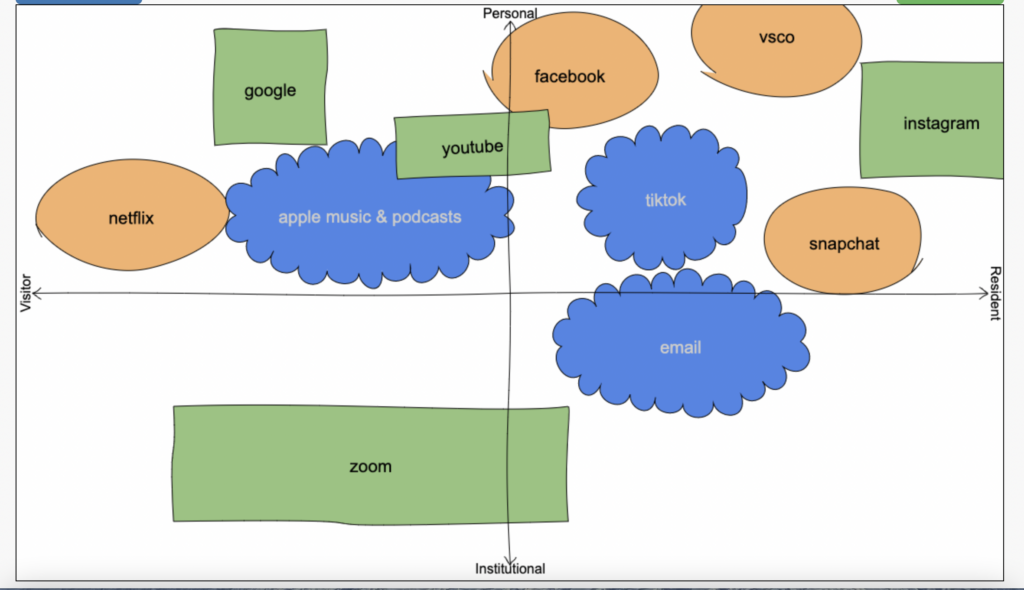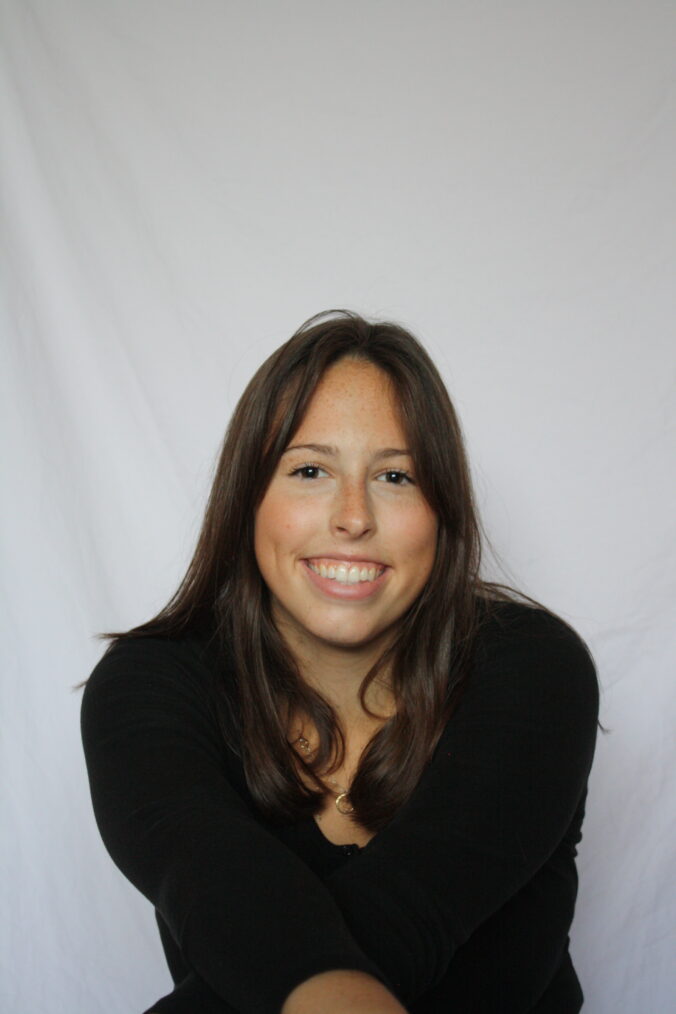I never gave much thought to what I put on social media and how exactly that is categorized in life. My personal email, for example is a gmail account that I get spam, emails from friends and other personal things sent to. Whereas my UVIC email, is strictly school and school-related things that are typically more urgent and more “important.” It would be odd to see a spam fashion email on my UVIC account, and odd to see my professor emailing me on my gmail. Something I had never thought before, it just how I have decided to organize my email; an institutional one and a resident one.
It seems as though we subconsciously organize certain aspects of our social media. For example, I post more content about my day to day life on instagram than I do on Facebook, because my grandma and the older generation on Facebook probably don’t care what coffee I am having in the morning, but they do care, however, to see graduation or vacation photos, life updates and more broad details about my life, rather than the day to day. At least this is how I organize my social media, and I know that a lot of people my age (my friends) do the same.
I am a resident on many social media platforms; for example, on Instagram I am connecting or being with other people when I post that picture of my coffee. Therefore I am a resident on this site, as I am engaging in my social presence and representing my self online (White, 2017). I am a visitor on the web when I do not leave any trace of my presence; for example, when I google something I am solely looking for a piece of knowledge, my presence on this part of the internet will not be seen and therefore I am a visitor (White, 2017). My V&R map represents this, and it is interesting to look at this idea of categorization visually because it made me think about how I use the Web and how the visitor and resident sides can blur. For example, I put Netflix on the personal and visitor side of my map because I mainly use Netflix just to watch shows by myself (therefore I’m a visitor) but the odd time I will go onto Netflix party, which is a third party app that allows you to watch a show with someone on a different computer, and watch with my long distance boyfriend. That is a way I can connect with him, so I technically do use it as both a resident and a visitor, because I am also using it to connect with someone.
Here is my resident map. It sums up all the social media avenues I use and how they are categorized into my life.
The Digital Visitor and Resident Continuum White. D. (2017).
V and R Mapping. Retrieved from http://daveowhite.com/vandr/vrmapping/


Recent Comments